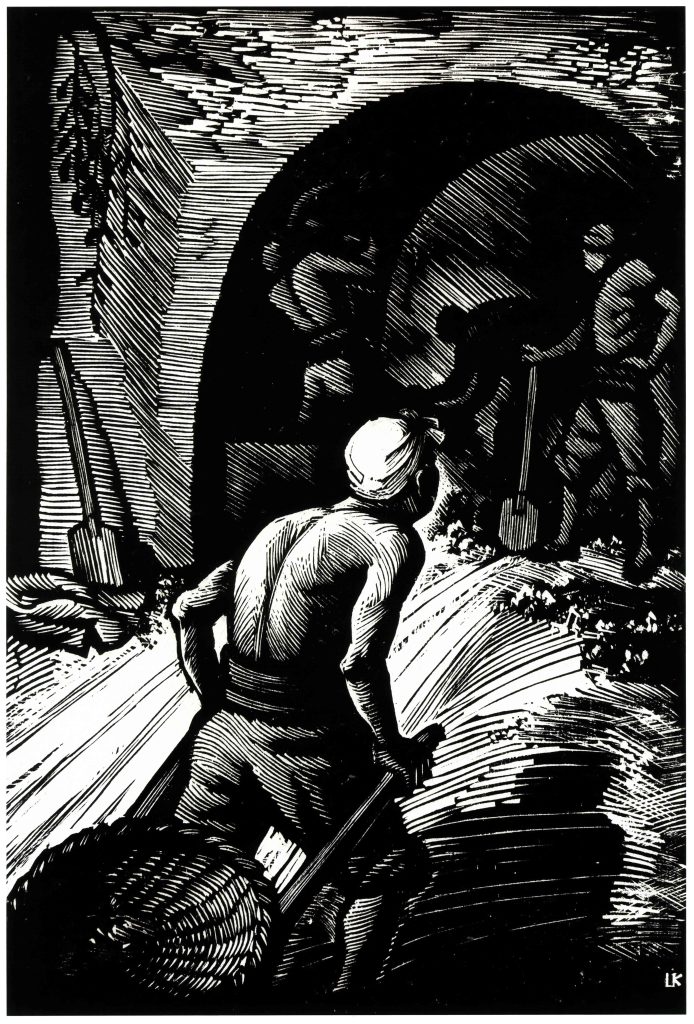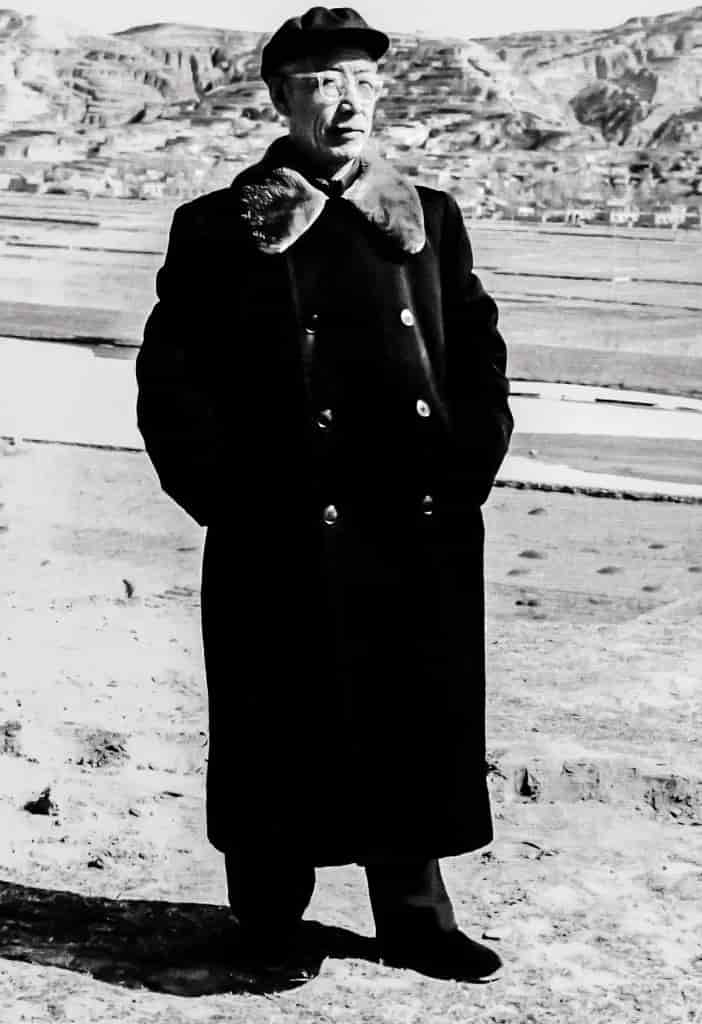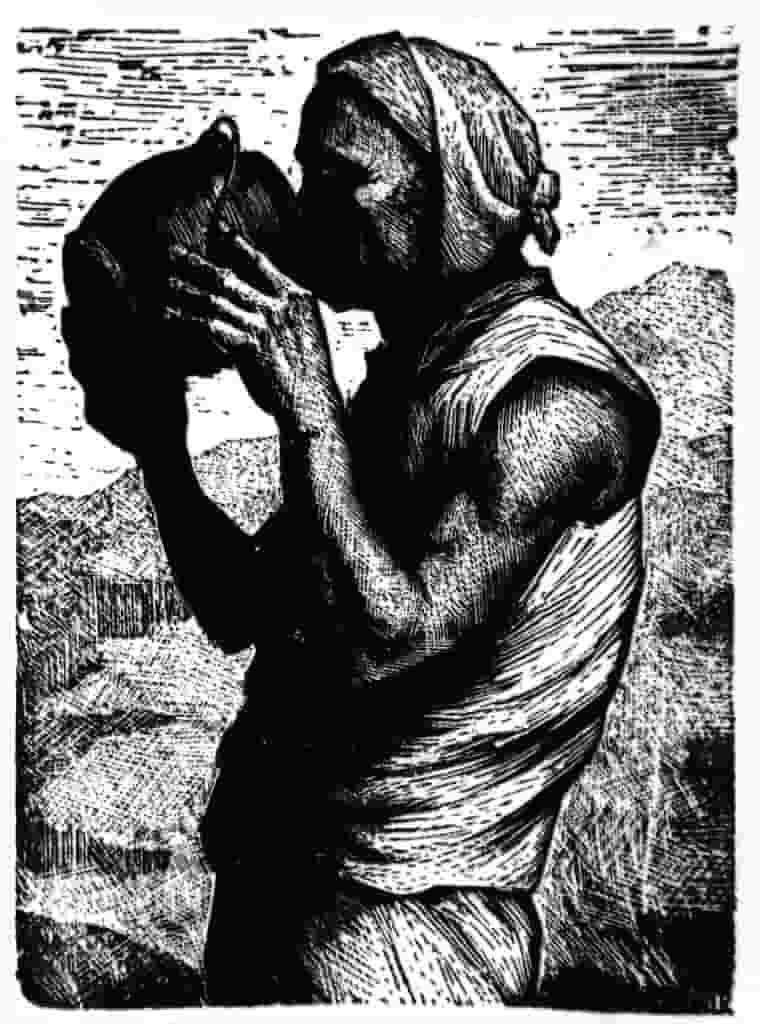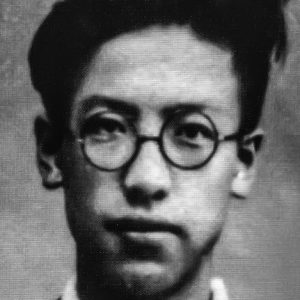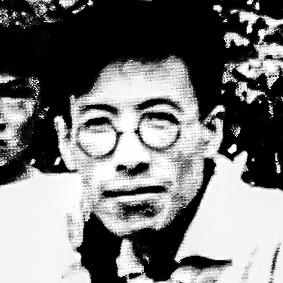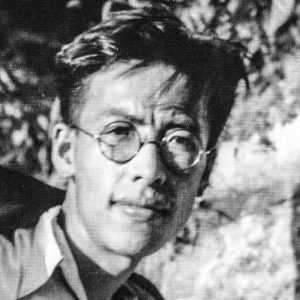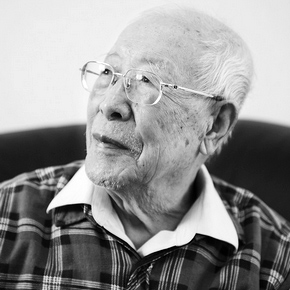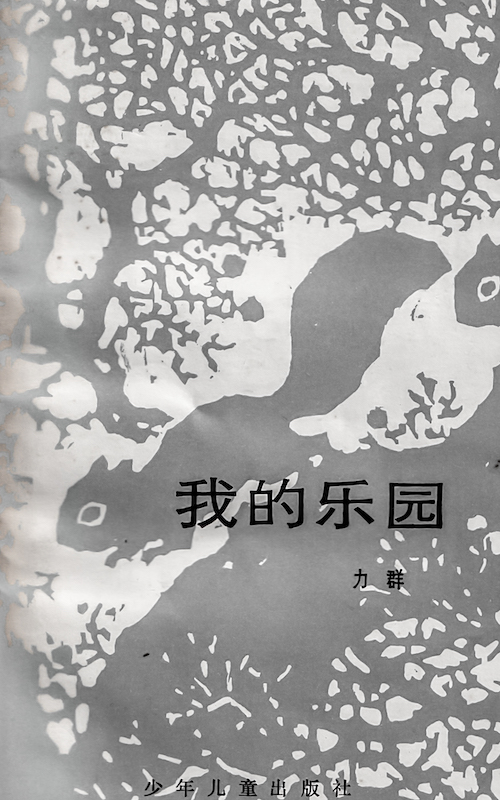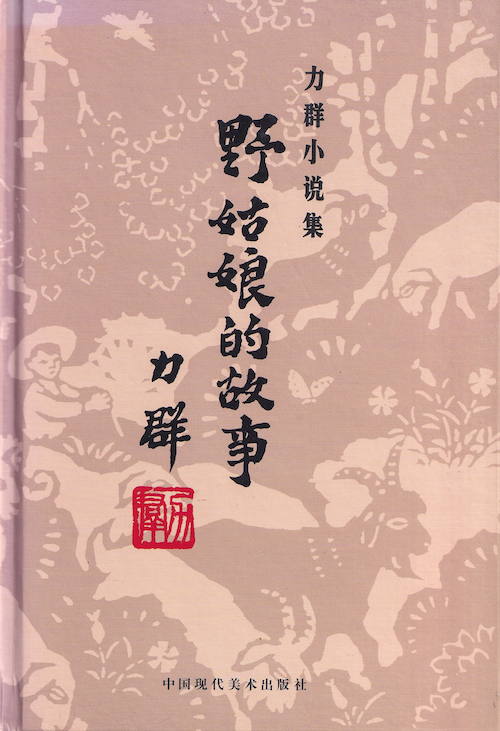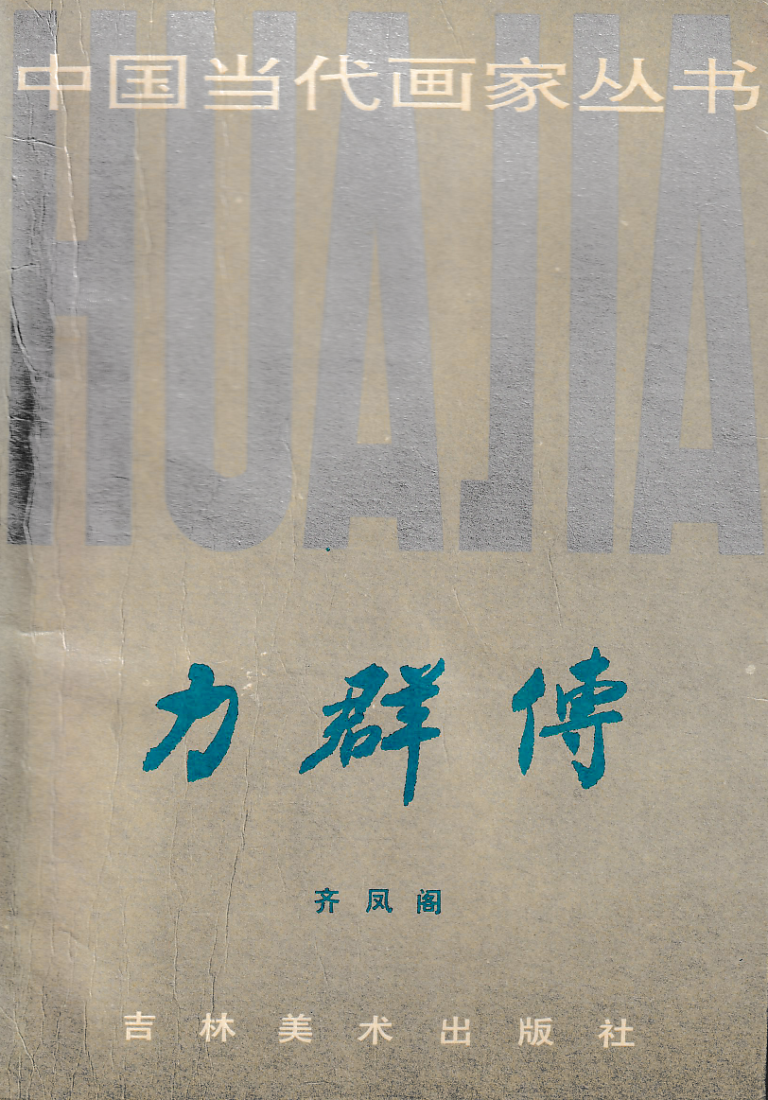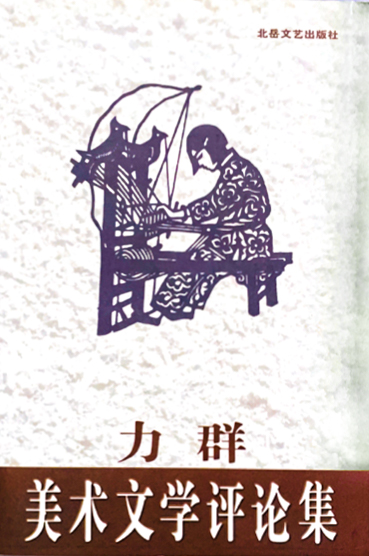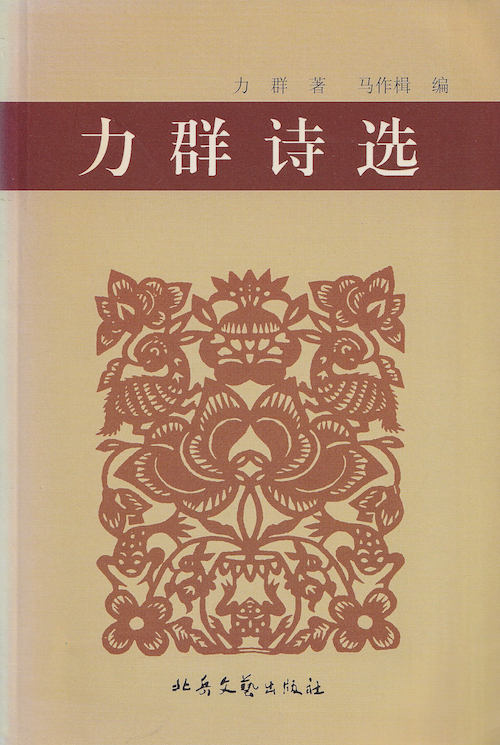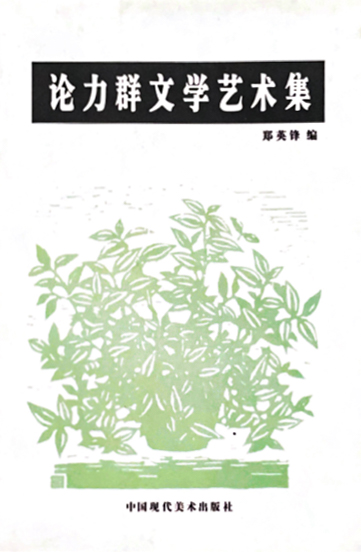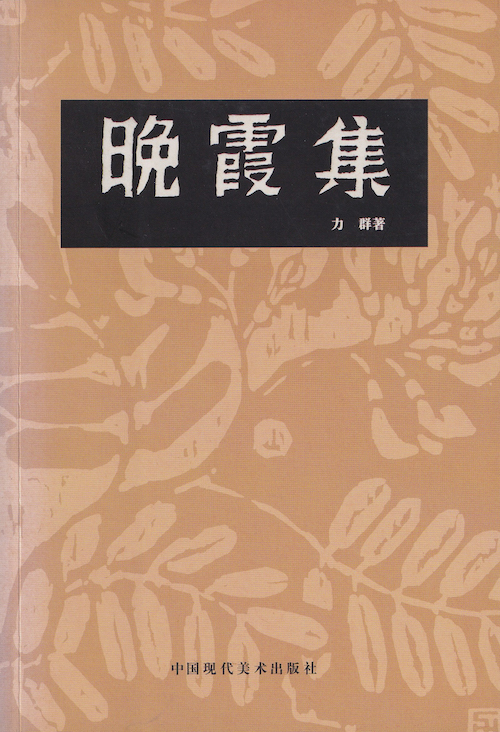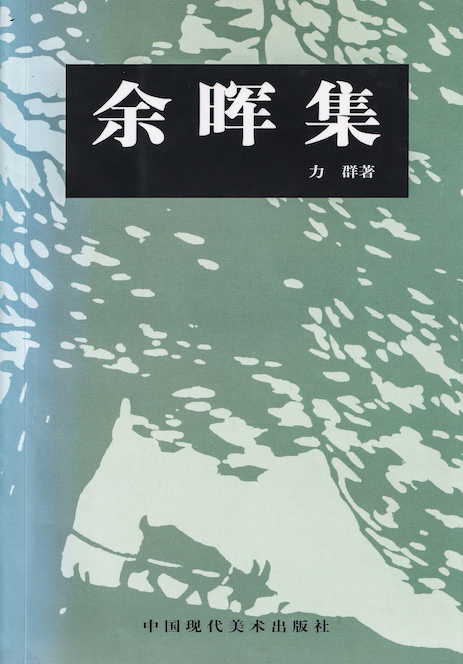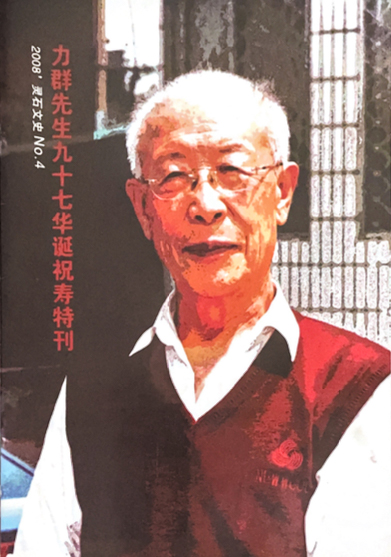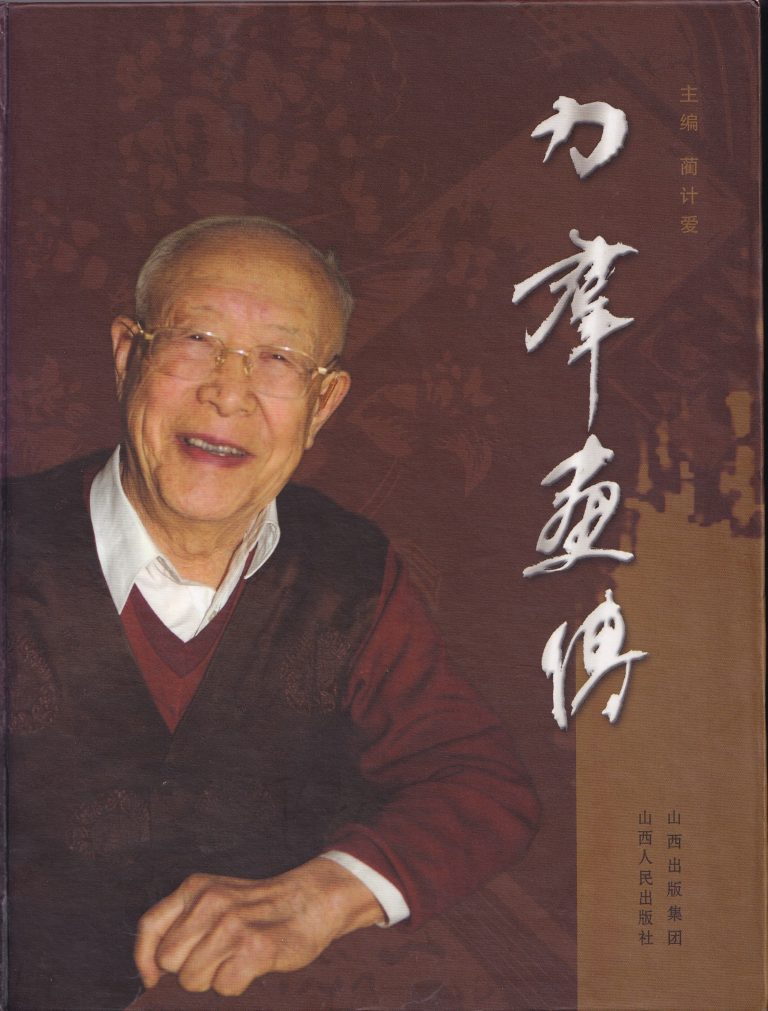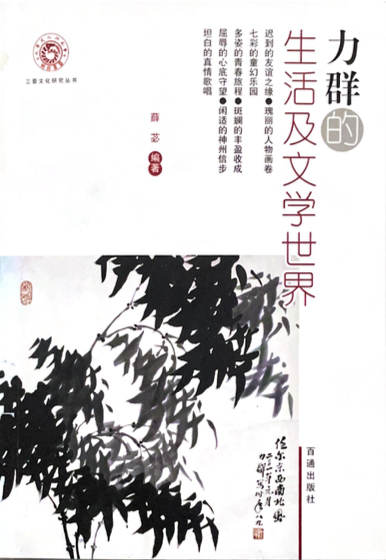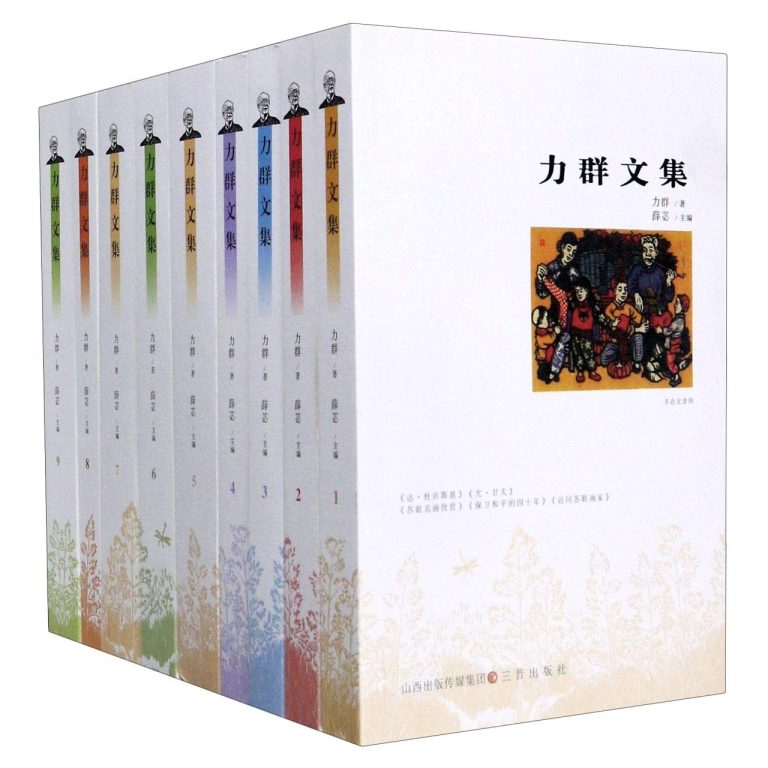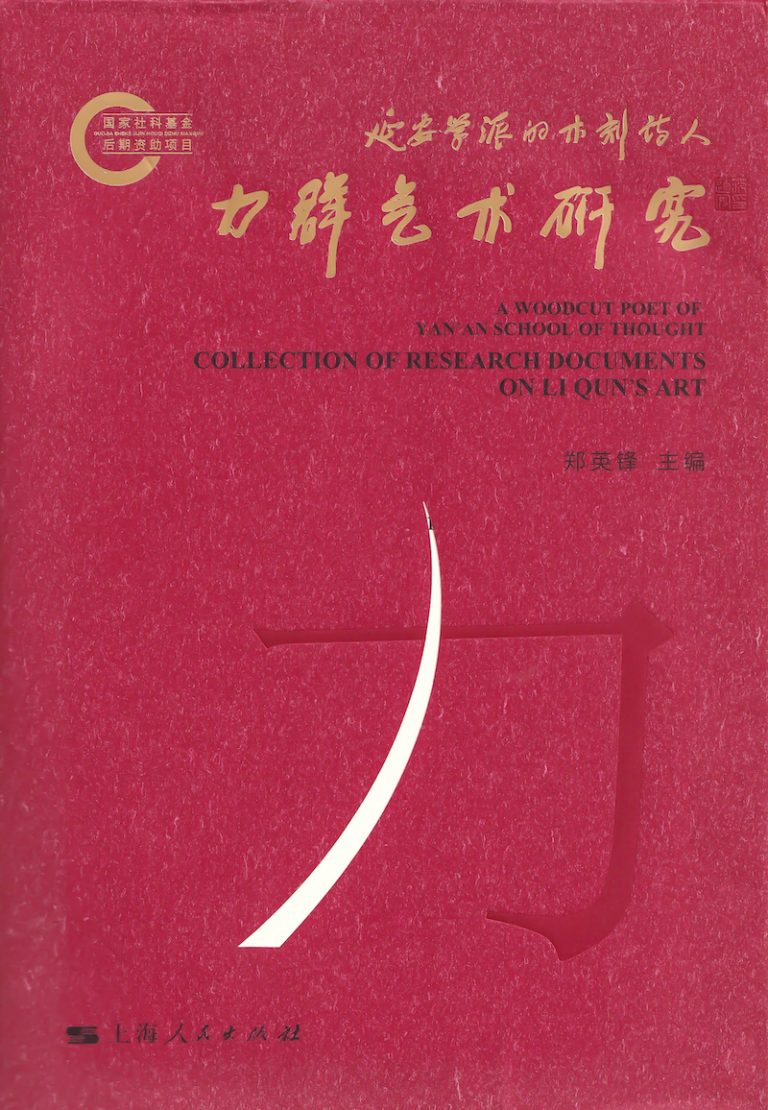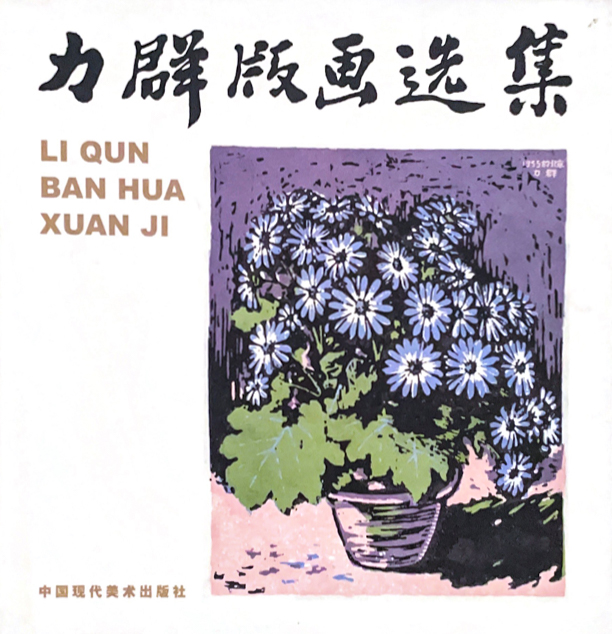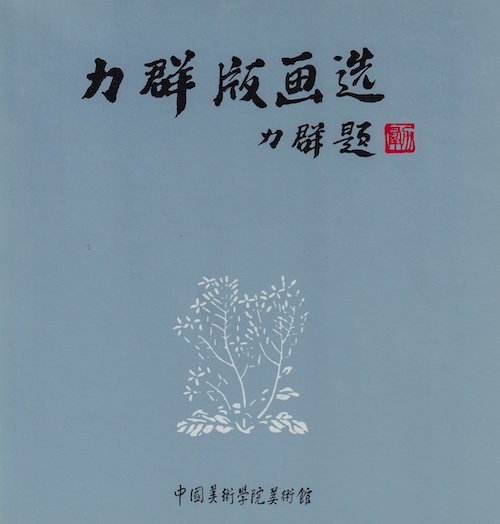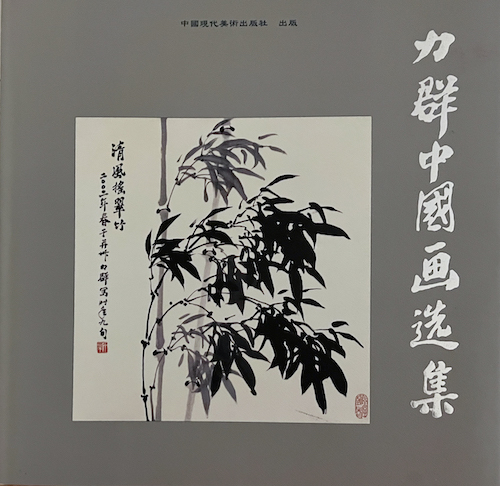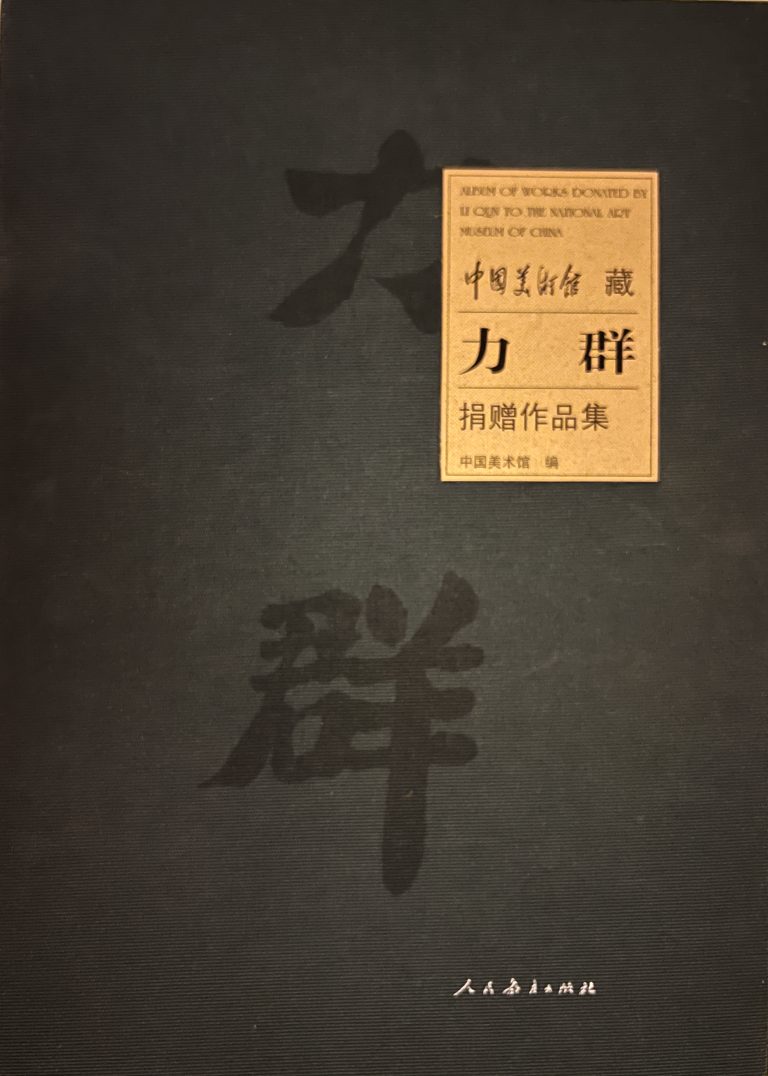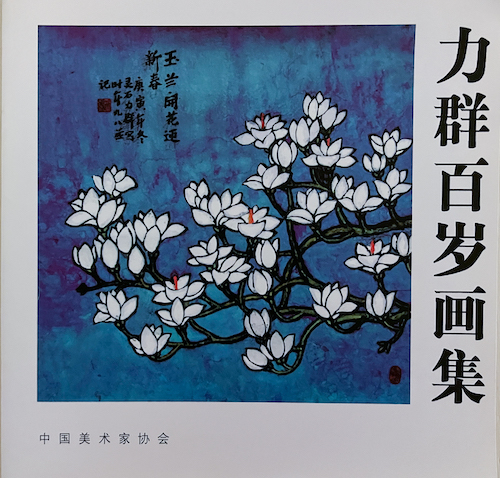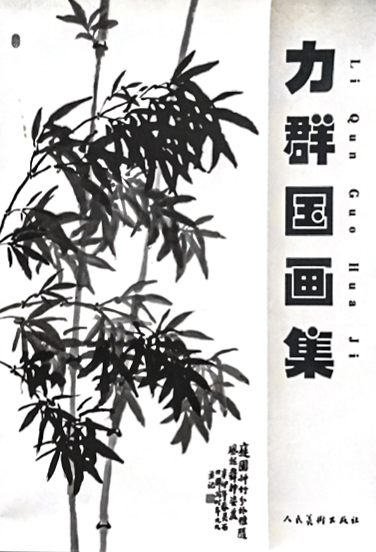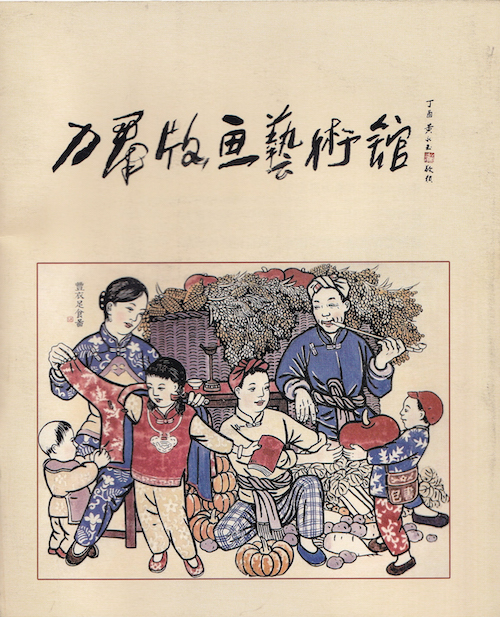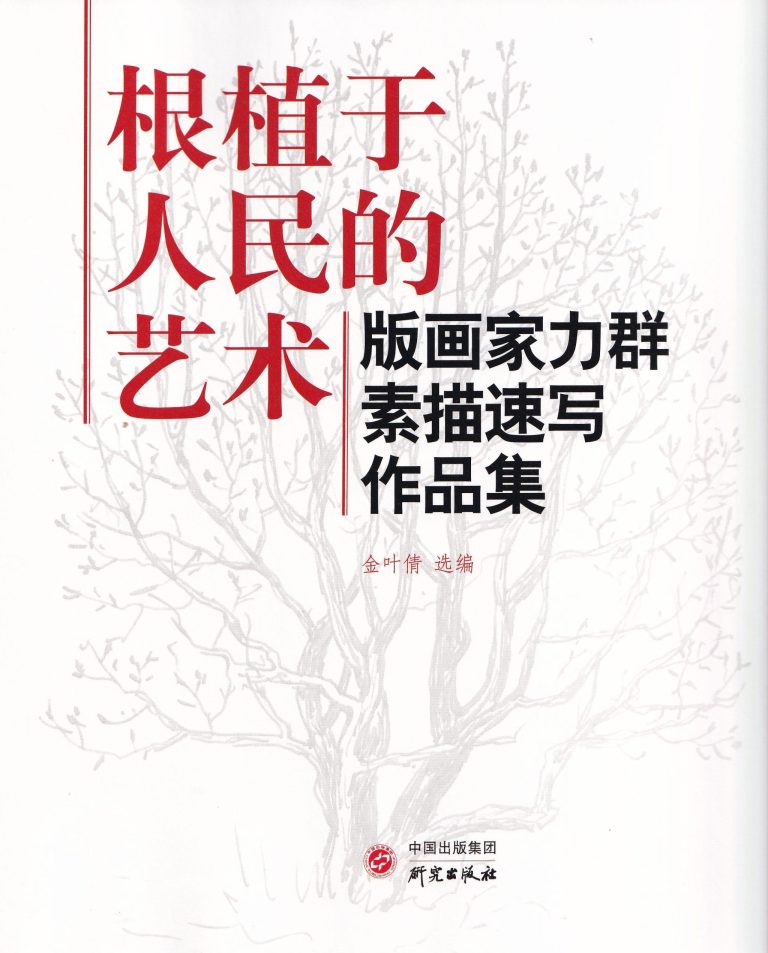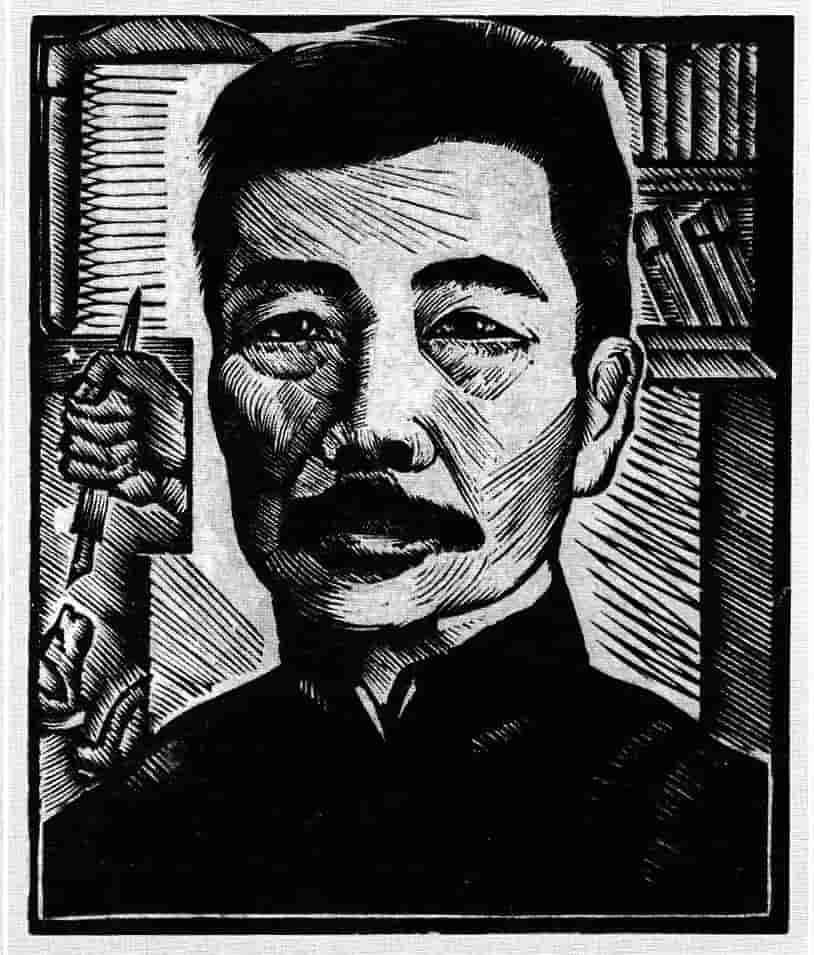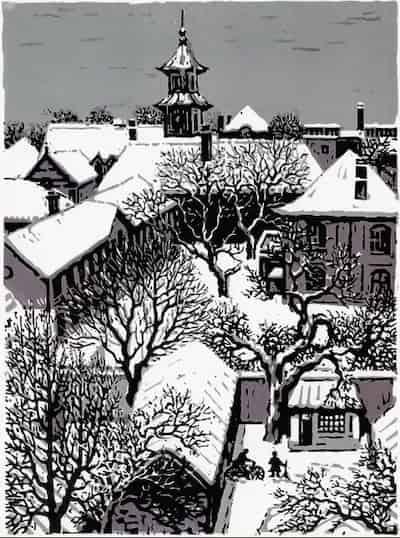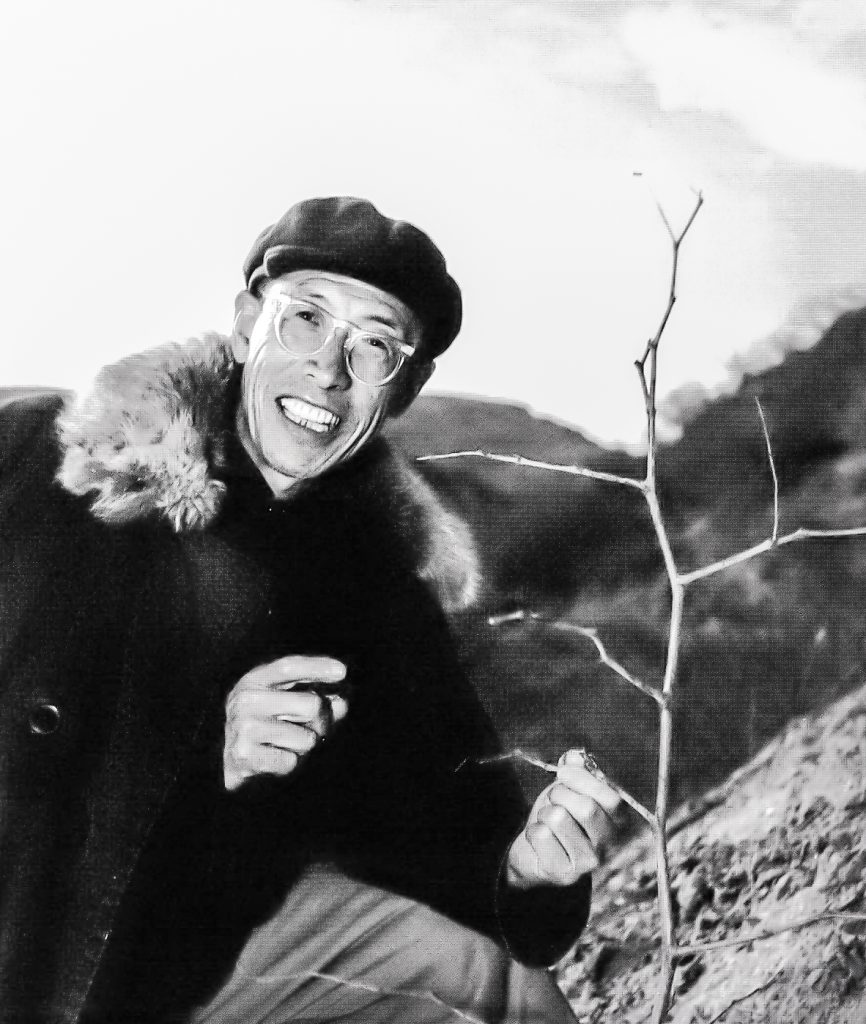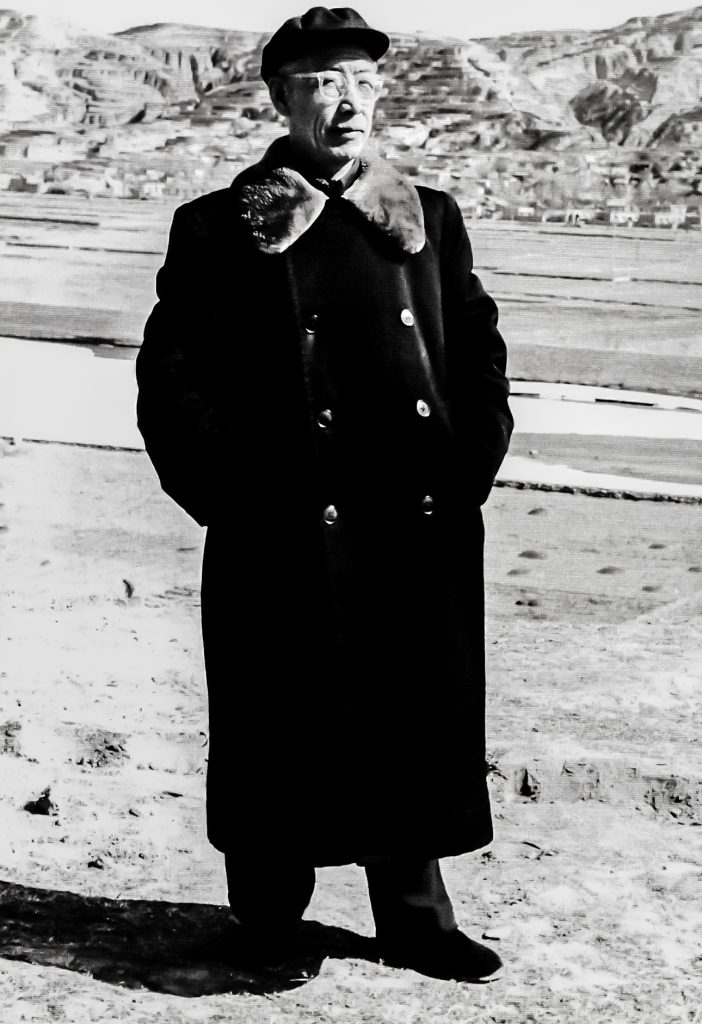In Yan’an, Li Qun resided in a cave dwelling ‘Yaodong’ in Chinese dwellings common in the Loess Plateau, like many others in the area. These simple earthen abodes, crafted in harmony with the local terrain, provided warmth in winter and coolness in summer. Despite being subjected to bombings by Japanese planes, these resilient structures showcased the unique architectural advantages of the region. Li Qun’s 1940 creation, “Cave Dwelling Build” pays homage to the migrant workers who built these caves and commemorates their resilience during challenging times. The woodcut depicts the labour-intensive process of constructing traditional Chinese cave dwellings, reflecting rural life and architectural practices of the time. It symbolises the ingenuity of Chinese people in adapting to their environment and the importance of communal effort in traditional society. Overall, “Cave Dwelling Build” offers insight into rural China’s architectural heritage and communal spirit, highlighting the resilience and adaptability of its inhabitants.

Childhood 1912-1930
A village childhood Li Qun’s roots trace back to a quaint mountain village, an enclave characterised by a mere six courtyards and ten households in its nascent years. This hamlet, situated in Lingshi County, Shanxi Province, earned its identity as Hao Jia Zhang. Positioned to the east of Fenhe River,
